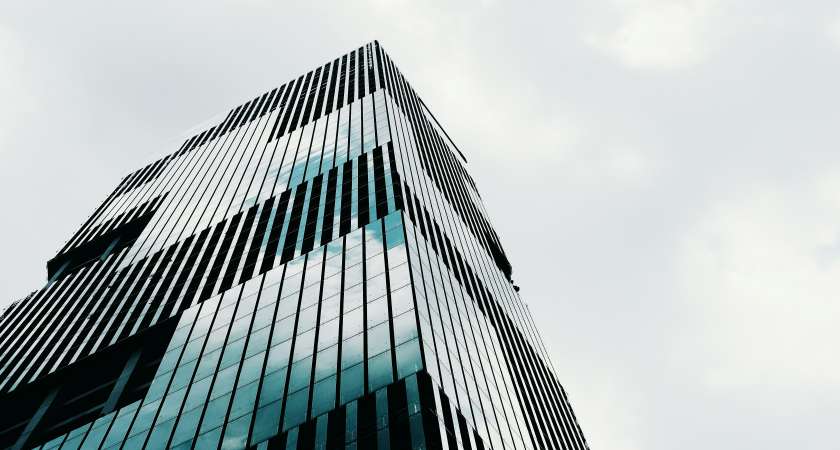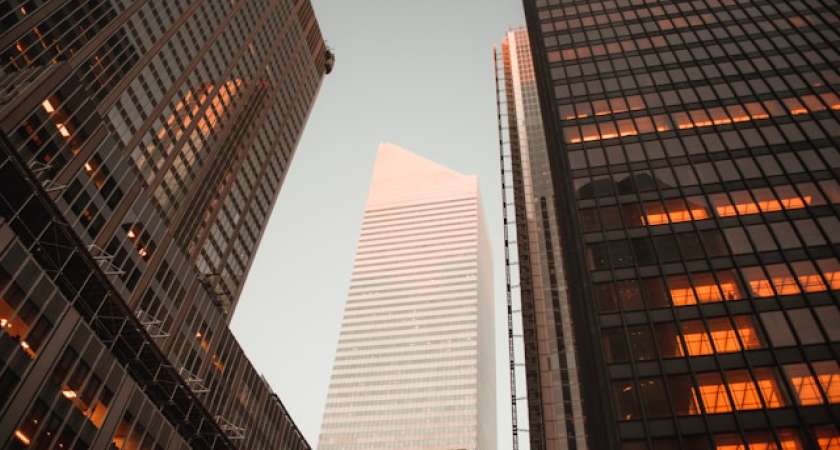Green Building In Indonesia: Criteria Certifications and Applicable Incentives

Buildings in most countries are responsible for approximately 40% of energy consumption, according to the World Business Council for Sustainable Development in 2009. Given the buildings' high consumption of energy as one of the proponents of greenhouse gas emitters, there is a growing trend towards the concept of green buildings. In Indonesia, the Ministry of Environment and Forestry ("MoEF") alongside the Ministry of Public Works and Public Housing ("MPWPH") have issued the regulations to set the standard of legal framework on Green Buildings in Indonesia, which apply until recently.
In this article, we point out the key features on the regulatory framework of Green Buildings in Indonesia, emphasizing on the criteria and certification requirements.
A. Green Building Criteria
Minister of Environment (the former name of MoEF) Regulation No. 8 of 2010 on Criteria and Certification of Eco-friendly Building ("MoER 8/2010") generally defines a green building (Bangunan Ramah Lingkungan or "GB") as a "building that applies the environmental principles during the planning, building, operating, and management; and focuses on the important aspects of mitigating the climate change." This definition is followed by Article 4 of MoER 8/2010 that elaborates the criteria of a GB as a building that:
- uses eco-friendly building materials;
- has its own water conservation facility and infrastructure inside the building;
- operates its own energy conservation and diversification;
- does not use building materials, which are considered damaging the ozone layers;
- has its own domestic wastewater management facility and infrastructure;
- has waste or litter sorter facility;
- is attentive to health aspects of building occupants (e., clean air circulation and maximized use of sun light);
- has sustainable site management facility or infrastructure; and
- has disaster anticipation facility or infrastructure.
Similarly, to the concept of GB under MoER 8/2010, the Ministry of Public Works and Public Housing ("MPWPH") defines a green building (Bangunan Gedung Hijau or "BGH") as a building that applies environmental principles in their design, construction, operation, development, and impacts of climate change management as stipulated in MPWPH No. 21 of 2021 on Performance Assessment of Green Buildings ("MPWPHR 21/2021")
B. Certification Requirements
According to MoEF and MPWPH, every owner or developer of a building classified as GB or BGH is required to obtain two separate certifications. They are:
1. BGH Certification issued by MPWPH
Under MPWPHR 21/2021, the process of obtaining BGH certification is subject to the fulfilment of technical standards. MPWPHR 21/2021 also stipulates a set of "principles" for the investors in observing the technical standards as referred in Article 3 of MPWPHR 21/2021, such as:
- Formulating the common goals, understanding, and action plan;
- Minimizing the use of nature's resources including land, material, water, and human resources;
- Reducing both physical and non-physical wastes;
- Reusing the resources;
- Using the recycled resources;
- Protecting and managing the environment through preservation;
- Mitigating safety, health, climate change, and disasters;
- Orientation to the life cycle;
- Orientation to the achievement of desired quality;
- Innovation of the technology for continued improvement; and
- Increasing the institutional support, leadership, and management in the implementation.
For the fulfilment of the Technical Standards, the applicant must follow the following process:
- Standard of the building's planning and formulation;
- Standard of implementation and supervision of the building's construction;
- Standard of the building's utilization; and
- Standard of the building's dismantling work.
Pursuant to Article 4 (2) of MPWPHR 21/2021 the following processes are derived from stages of GBH:
- Programming;
- Technical planning;
- Construction implementation;
- Utilization;
New and existing buildings that are subject to the assessment are divided into two categories; (i) Mandatory (i.e., buildings within the range of sizes from 5,000m2 to 50,000m2), and (ii) Recommended (i.e., buildings not in the Mandatory category).
After the assessment is complete, the rank of the building is determined to become the basis for the issuance of BGH certificate. The following ranks are as follows:
- BGH Pratama Certificate is given to buildings, which meet between 45% and 65% of the assessment score according to MPWPHR 21/2021, and already obtain the Functionality Certificate/ Sertifikat Laik Fungsi ("SLF");
- BGH Madya Certificate is given to buildings, which meet between 65% and 80% of the assessment score according to MPWPHR 21/2021;
- BGH Utama Certificate is given to buildings which meet between 80% and 100% of the assessment score according to MPWPHR 21/2021.
The issuance of a BGH certificate is based on the recommendation of the Professional Expert Team/ Tim Profesi Ahli ("TPA"), which conducts and verifies the assessment. If TPA recommends the issuance of BGH certificate, the Head of Technical Division of MPWPH through the electronic system, named the Building Management Information System (Sistem Informasi Manajemen Bangunan Gedung or "SIMBG") will issue the certificate free-of-charge, which is valid for five years.
2. Green Building Council Indonesia ("GBCI") Certification
In addition to BGH certification, a building owner should also obtain the GB Certification. Based on MoER 8/2010, MoEF has authorized GBCI as the green certification agency to process GB certification since 2012. Two different certification systems in GBCI are, namely (i) GREENSHIP certification, based on the GREENSHIP rating tools; and (ii) EDGE Certification, in which GBCI collaborates with the International Finance Corporation ("IFC"). An investor, however, needs to apply for only one certification to obtain a GB certificate. The certificate is valid for two years and extendable. In this part, we convey the process of obtaining the GB certificate based on the GREENSHIP certification.
GREENSHIP certification process: The process of obtaining the GB certificate begins with a visit to the potential GB by the GBCI assessors. Afterwards, the building owner needs to submit the registration form and makes an initial donation to GBCI for the preliminary registration on the assessment of GB certificate, followed by the signing of the cooperation agreement. After the registration process, GBCI issues an Official Letter stating that the building is registered in the GREENSHIP Project.
The assessment process by GBCI is divided into two stages of preliminary and final assessments. In the preliminary stage, GBCI proposes the certification timeline to the building owner and issuance of Workshop report and recommends the rating of the building. The final assessment involves the completion of Assessment Form along with the energy audit report, and verification of the rating by the Board of Assessors. The final product of GB certification is the GREENSHIP certificate, evidencing that the building has passed the assessment process to become a GB.
GBCI rating system has several assessment categories, which are:
- Appropriate Site Development;
- Energy Efficiency and Conservation;
- Water Conservation;
- Material Resources and Cycle;
- Indoor Health and Comfort;
- Building and Environmental Management;
And these are the six types of GREENSHIP certification:
- New Building (NB);
- Existing Building (EB);
- Interior Space (IS);
- Homes;
- Neighbourhood (NH);
- Net Zero Healthy (NZH);
C. Incentives for Certified BGH
A building certified as BGH is given the incentives by the Indonesian government. According to Article 35 of MPWPHR 21/2021 and Article 122 of Government Regulation No. 16 of 2021 on Implementing Regulation of Law No. 28 of 2022 on Buildings ("GR 16/2021"), an owner or developer of BGH has the right to obtain incentives from the provincial and local governments of the relevant district or city in the form of:
- Relief from the building approvals and/or services;
- Compensation in the form of construction of additional floors;
- Technical supports or expert assistance (e., in the form of advices, assistance, and/or services from the BGH experts on a pilot period)
- Reward in the form of certificate, placard, and/or token of appreciation; and/or
- Other incentives such as publication and/or promotion
The article above was prepared by Marshall S. Situmorang (Partner) and Audria Putri (Senior Associate).









